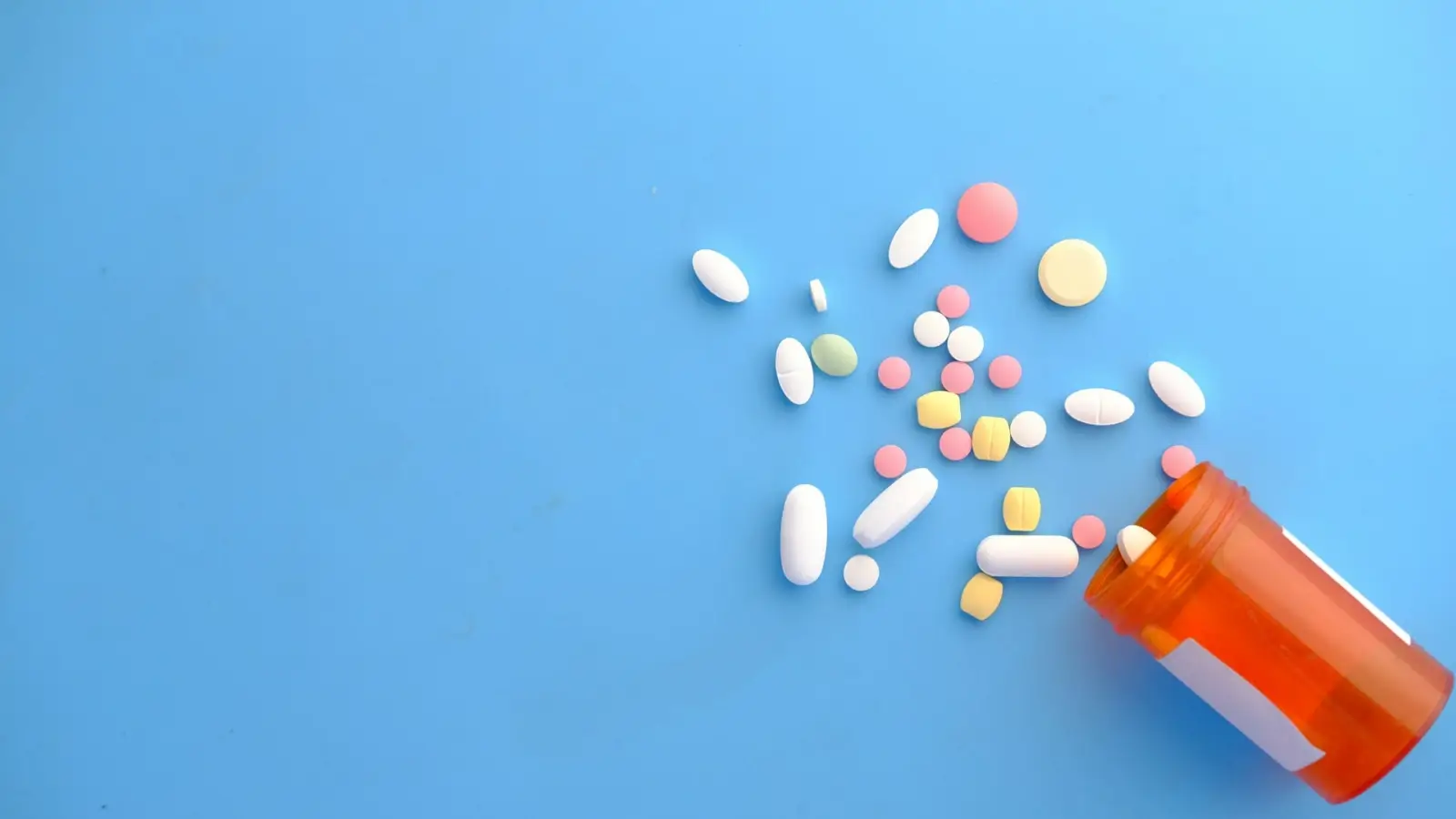Sometimes your body speaks without saying a word. One of the clearest ways it does this is through the fluids it produces, especially when you're not feeling well. Among those, mucus often plays a starring role—though it's not the kind of star people usually talk about.
How the Body Uses Mucus as a Silent Messenger
Built-In Detection System
The presence of yellow liquid dripping from the nose is like a flag waving from inside your body. It’s alerting you to something going on behind the scenes. Whether it’s an infection, allergy, or irritation, this signal is part of a bigger system designed to protect you.
Environmental Influence
External factors like cold weather, air pollution, and smoke can all affect mucus. In some cases, these triggers can dry out the nasal lining or cause irritation that changes the consistency and color of the mucus.
Immune Activity in Real Time
When germs enter your system, your body responds by sending out defender cells. These cells help trap and kill the invaders, and in the process, they leave behind the pigments that turn mucus yellow.
What Mucus Color Can Reveal About Your Health
Clear
Clear mucus is normal. It means your body is functioning as it should, keeping your airways clean and moist.
White
White mucus may appear when you’re congested. It can mean that the nasal tissues are swollen and that the flow is slowing down.
Yellow
This is the body’s way of showing that it’s responding to an illness or irritation. The yellow color comes from cells your body sends to fight germs.
Green
Green mucus usually means the immune system has been active for a while and that more cells are being produced. It might suggest a bacterial infection.
Brown or Red
Brown or red discharge could be from dried blood, often caused by dry air or irritation from nose blowing or picking.
When to Be Concerned About Yellow Nasal Discharge
How Long Does It Last
If yellow liquid dripping from the nose lasts longer than 10 days, it might be more than just a cold. A lingering infection or inflammation could need attention. Watch the timeline carefully.
Additional Symptoms
Pay attention if you experience any of these symptoms along with yellow mucus:
-
Facial swelling or pain
-
Fever
-
Headache
-
Toothache
-
Foul-smelling discharge
These can be signs of more serious issues that should be looked at by a medical provider.
Color Alone Isn’t Enough
While the color gives some helpful hints, it isn’t enough to make a full diagnosis. It's best to consider all your symptoms together before deciding what action to take.
At-Home Relief and Management
Use a Saline Rinse
Rinsing your nasal passages with sterile saline solution can help flush out thick or dried mucus. This can ease pressure and help you breathe better.
Rest and Healthy Eating
Getting enough sleep and eating a balanced diet support your immune system. Foods rich in vitamin C, zinc, and antioxidants are helpful when your body is under stress.
Use Medication Responsibly
Over-the-counter treatments can help with symptoms like swelling and pressure. Decongestants and antihistamines are common, but they shouldn’t be used for long periods without a doctor’s advice.
What Makes Mucus an Effective Body Communicator
Always Working in the Background
Even when you’re healthy, mucus plays a critical role. It keeps your nasal passages moist, filters the air you breathe, and catches unwanted particles.
Immediate Response System
The shift in mucus color, including the appearance of yellow liquid dripping from the nose, often happens quickly in response to threats. This fast reaction helps the body stop problems before they get worse.
A Reflective Surface
Mucus can show signs of infection, irritation, dehydration, and even pollution exposure. It reflects what’s happening inside and outside your body.
Conclusion
The next time you notice yellow liquid dripping from your nose, think of it as more than just a mess—it’s a message. Your body is speaking to you through its built-in alarm system. From environmental changes to immune responses, there’s always a reason behind what you see.
Understanding what nasal discharge means helps you take better care of yourself. Whether it clears up in a day or lingers a little longer, paying attention to your body’s non-verbal cues can lead to faster recovery and better long-term health
FAQs
1. Does yellow nasal discharge always mean I have an infection?
Not always. It could mean your immune system is active, even if there's no infection. It might be responding to irritants or minor viruses.
2. Can allergies cause yellow discharge?
Yes, if the nasal inflammation allows bacteria to grow. Allergies often cause clear mucus at first, but secondary issues can change the color.
3. How can I tell the difference between a cold and a sinus infection?
Colds typically improve in a few days. Sinus infections often come with pressure in the face, headache, and mucus that gets thicker and lasts longer.
4. Do I need antibiotics if my mucus is yellow?
Not necessarily. Only a doctor can determine if you need antibiotics. Yellow mucus alone doesn’t mean you have a bacterial infection.















